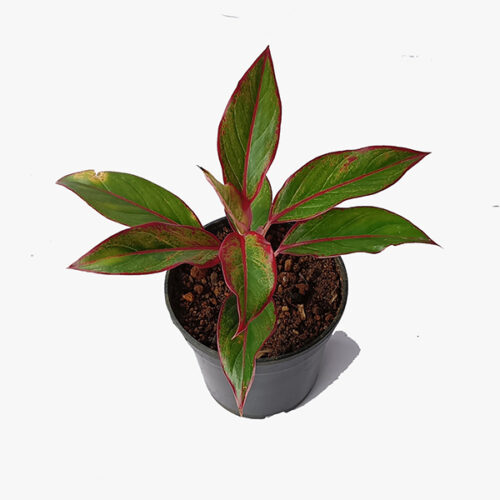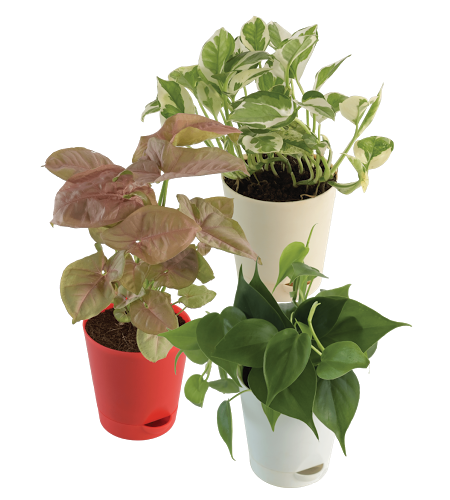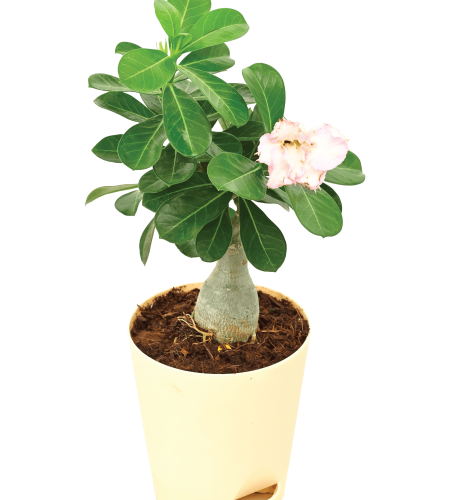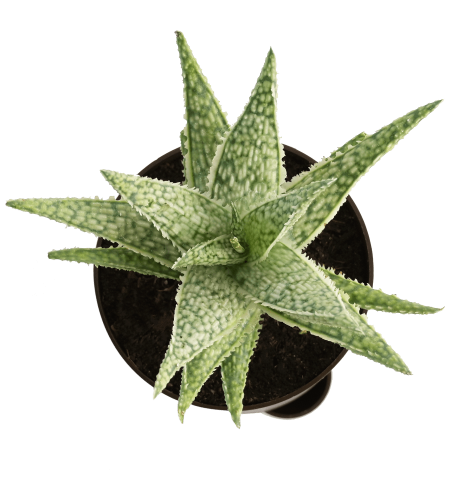Micranthemum Callitrichoides ‘Cuba’ [Tc] is one of the world’s smallest aquarium plants, creeping down the bottom with millimetre-sized, spherical leaves. The generic name of this plant species has caused some confusion among gardeners because the synonym Hemianthes was previously used in place of the original name Micrathemum. Micranthemum is now the recognised generic name, taking the place of Hemianthes, which is now regarded a synonym. Following the revision of this genus, all popular species are now known as M. callitrichoids ‘Cuba,’ M. micranthemoides, and M. umbrosum. Micranthemum sp ‘Monte Carlo,’ which is now scientifically recognised as Micranthemum tweediei, is in high demand in the planted aquarium hobby, thanks to Christal Kasselmann’s effort in resolving the misunderstanding. In foreground settings, one of the tiniest flowering plants in the aquarium hobby. Under optimal light and nourishment, this plant forms a lovely carpet. The input of CO2 is critical for its prostrate development in the shape of carpet. The creeping stalk is covered with tiny, oppositely oriented leaves that are only a few centimetres broad and long. Because of the buoyancy, these leaves gather oxygen pearls beneath them, causing the plants to separate from the substrate. Trimming is frequently used to avoid this problem. It is not a difficult plant to grow, but it does require favourable conditions such as sufficient light, extra CO2, water circulation, and fertiliser to thrive. If these conditions are difficult to achieve, Micranthemum ‘Monte-Carlo’ is a less demanding alternative. Small pearls or bubbles of oxygen are frequently created on top of the plants, giving the carpet a highly vibrant appearance. It spreads quickly and covers the ground like a carpet if planted in small bunches a few cm apart. Trim the carpet on a regular basis, or the bottom areas will not receive enough light, resulting in root death. Found in the island of Cuba, west of Havana.
Micranthemum Callitrichoides ‘Cuba’ [Tc], also known as dwarf baby tears, was imported from Cuba by Tropica in 2004 and has thus only recently entered the hobby. During the dry season, Holger Windelv discovered the plant in a rocky river about 90 kilometres east of Havana. He safely assumed that during the rainy season, the entire population is submerged in waters up to 1 m deep with a strong current because of the dense, cushion-like population rooting in gravelly substrate.With leaf sizes ranging from four to three millimetres, this Hemianthus species is the world’s smallest aquarium plant. It has long been one of the most popular aquascaping plants.
The majority of Hemianthus callitrichoides plants available for sale were grown emersed and have roundish leaves. Sometimes there are tiny white flowers in the axils. The submerged form resembles the above-ground form, with low carpet- or cushion-like growth. It has smaller and narrower leaves. It has mostly upright but very short stems with opposite leaves (two leaves per node) and both creeping and overhanging shoots. On both of these, the leaves frequently form whorls of three per node.
Hemianthus callitrichoides forms a dense, bright green plant carpet in 3 to 4 weeks when planted in small patches a few centimetres apart in the well-lit foreground of an aquarium. It forms decorative overhanging shots when planted in an elevated location.
In relation to light intensity, Micranthemum Callitrichoides ‘Cuba’ [Tc] grows more compactly. Its optimum temperature is around 25 °C, but it can tolerate temperatures ranging from 20 to 28 °C. Although it is not always necessary to fertilise Micranthemum Callitrichoides ‘Cuba’ [Tc] with CO2, the plant grows much healthier when it is. It is vulnerable to iron deficiencies, which manifest as yellow shoot tips. It should also receive an adequate supply of macronutrients, particularly nitrate.
H. callitrichoides is a highly attractive and recommendable aquarium plant due to its relative hardiness and very nice appearance. It is suitable not only for carpet-like structures in the foreground, but also for layouts with many stones as a nice accent in the crevices, reminding the observer of alpine cushion plants. It can even be affixed to driftwood, forming large bright green cushions with overhanging shoots. This miniature plant is ideal for nano tanks.
Hemianthus callitrichoides can be grown above the waterline in sufficiently bright light, where it forms more compact cushions than under water. It can be attached along the waterline of driftwood or rocks sticking out of the water in an open tank.
In Cuba, how does Hemianthus callitrichoides grow?
There are two ways to plant the HC Cuba plant. The first (and simplest) option is to remove the plants and Rockwool from their pots, cut them into 1cm/0.4″ squares, and plant them (including the Rockwool) into the Aquarium’s substrate.
Hemianthus callitrichoides grows how fast?
Hemianthus callitrichoides forms a dense, bright green plant carpet in 3 to 4 weeks when planted in small patches a few centimetres apart in the well-lit foreground of an aquarium.
Can HC Cuba be grown without CO2?
The HC Cuba plant is difficult to grow without CO2, and should only be attempted if you have spare time and plants to waste, but this method greatly increases your chances. Best species for growing without CO2: Lilaeopsis brasiliensis, Easy (Microsword










Reviews
There are no reviews yet.